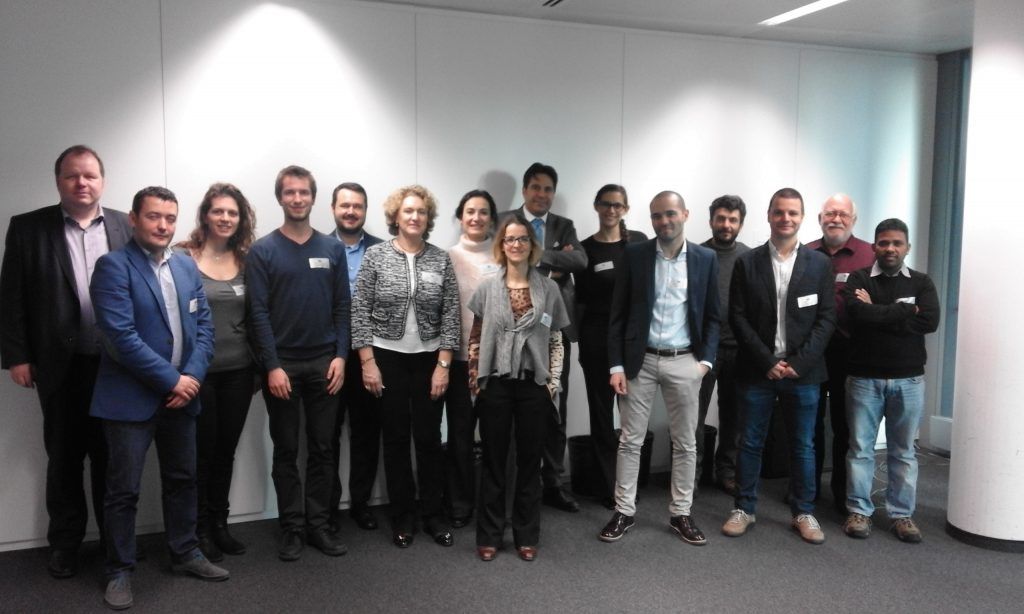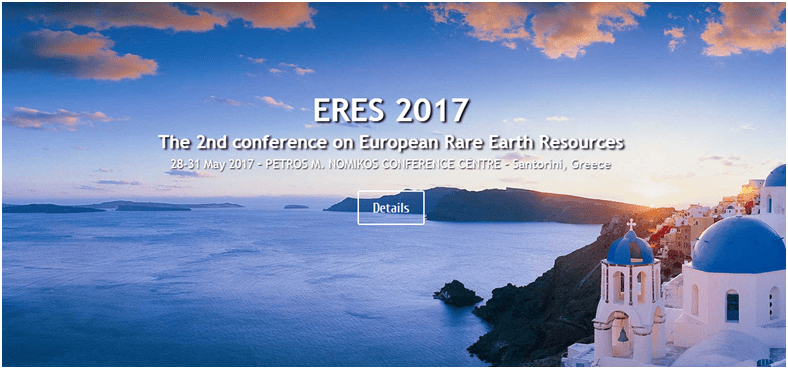Partners of the Remaghic project met at the European Commission the past 2nd of February to present the project status after eighteen months of research. The project so far has developed a magnesium recycling methodology for magnesium scrap and scum with the collaboration of CIDAUT with Grupo Antolín, in which recycling efficiencies of 80% have been achieved. This work done at laboratory level will be upscaled in the second half of the project to reach a TRL of 7.
A lot of effort in the Remaghic project has been devoted to the recycling rare earths. Different processes are featured in the project, from solvent extraction, hydrometallurgical treatments, thermal and pyrometallurgical treatments and molten salt extraction. These processes have been combined and intertwined to optimize efficiencies and yields and the work done on each selected residue stream will be soon presented at the European Rare Earth Resources (ERES) conference next May in Santorini, Greece by partners of the Remaghic Consortium Tecnalia, KU Leuven and Relight.
The involvement of the project end users has proven to be very important in the alloy requirement definition in order to help focus the rare earth recycling processes to the specific elements that have been selected to improve the recycled magnesium mechanical performance.
Finally, Life Cycle Analysis has endeavored to look at each of the processes and their environmental indicators. Merging different processes, at different technology readiness status, and balancing technical, economical and environmental indicators is a complex task coming ahead for this project in which the life cycle analysis and life cycle costing analysis will play an important role to guide the decisions that the project will need to take.
For more information on Remaghic, please visit http://www.remaghic-project.eu/
To know more about the ERES conference, please visit http://eres2017.eresconference.eu/

